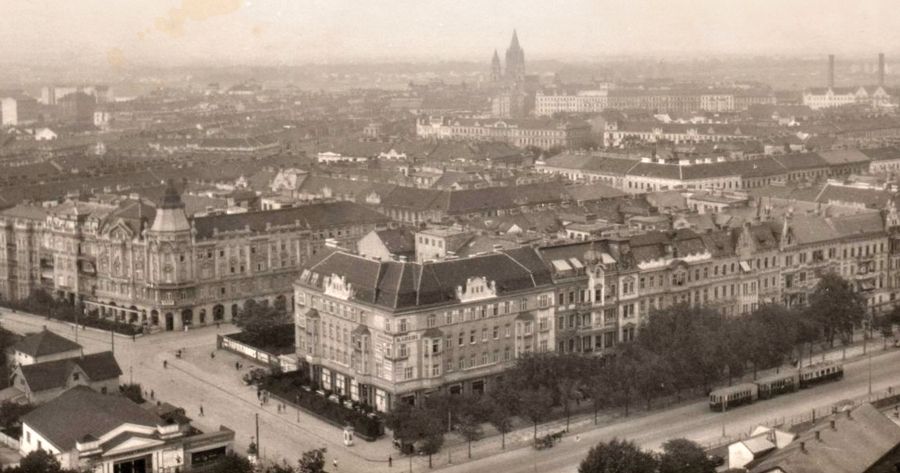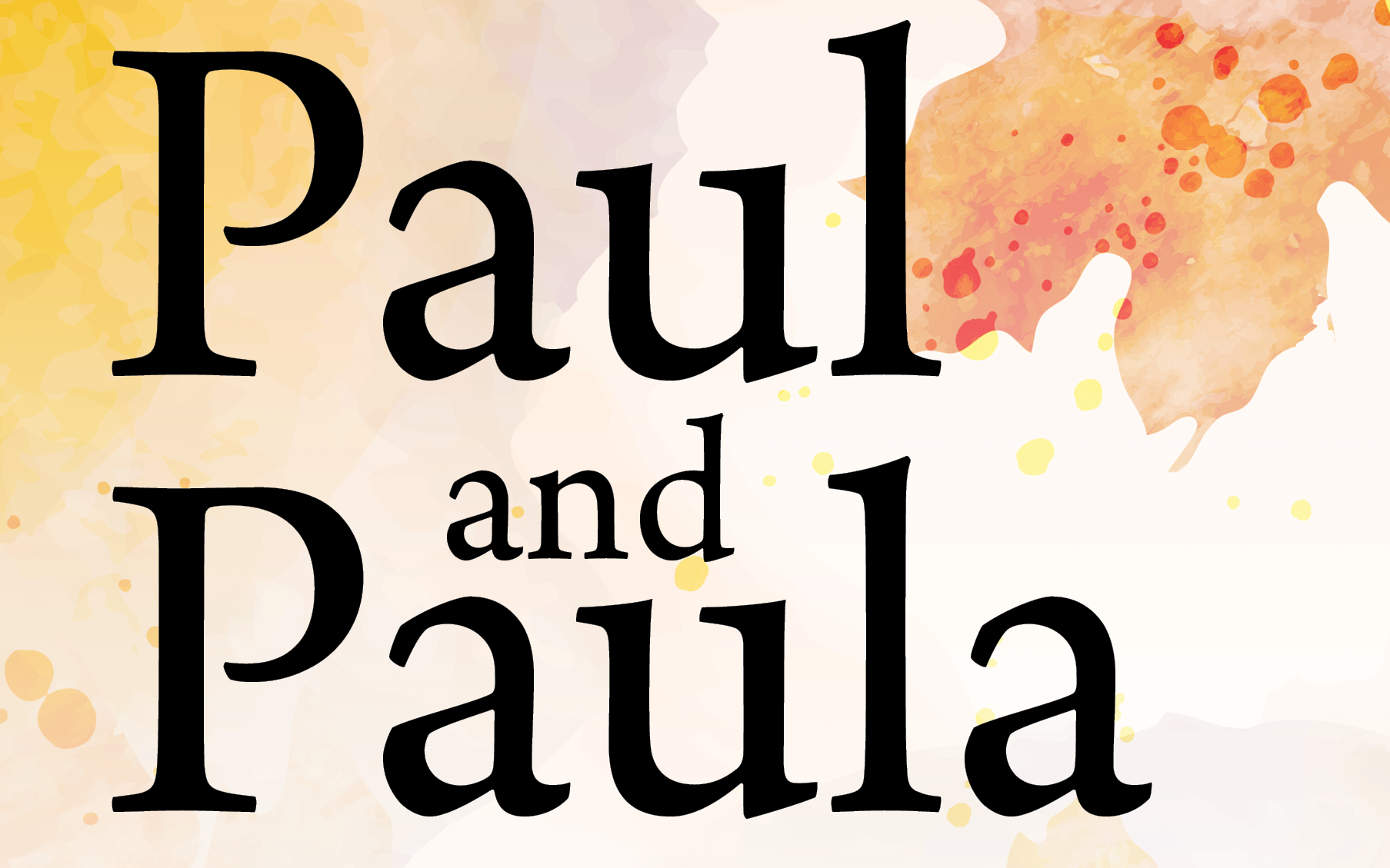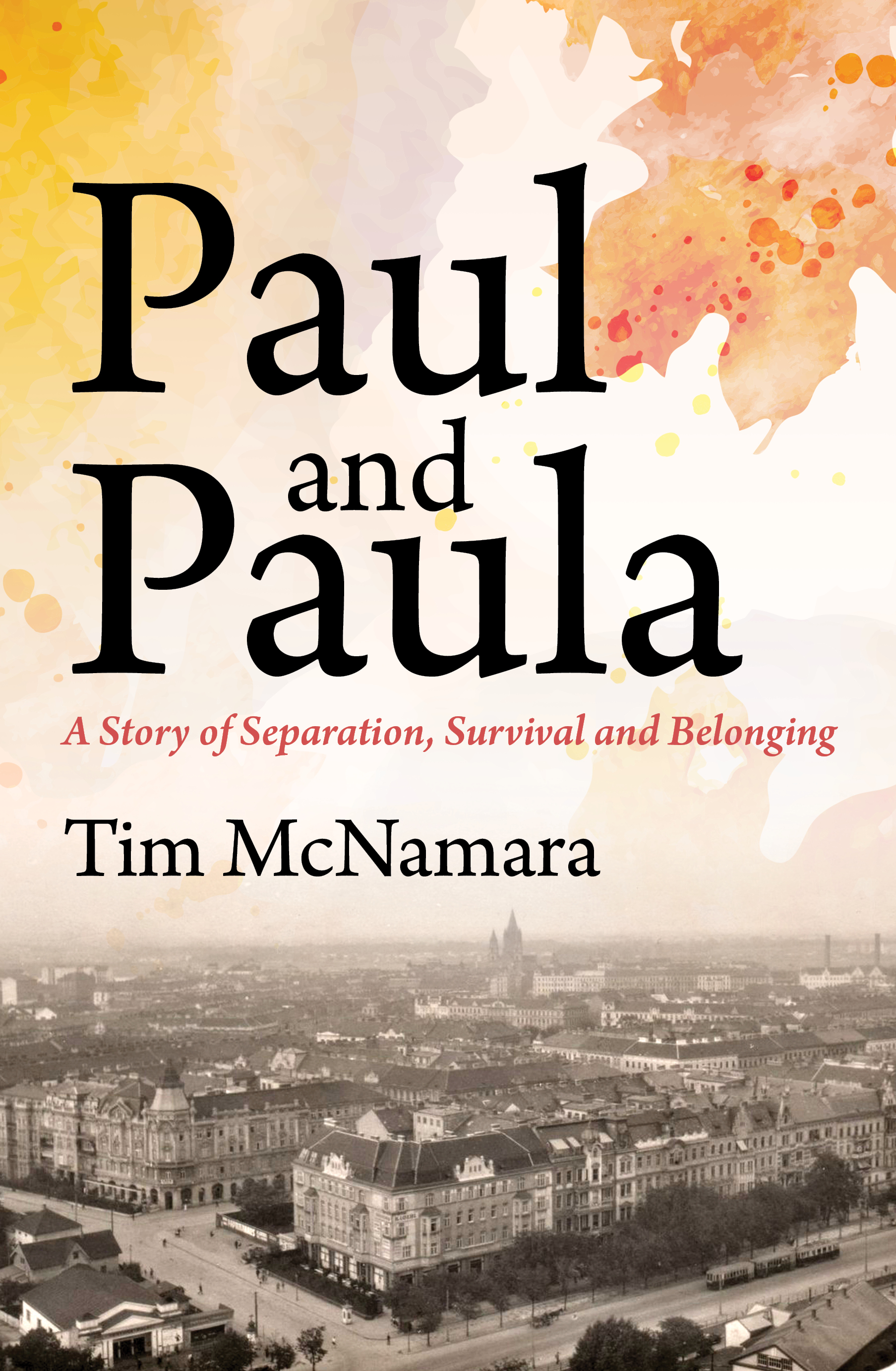
- Free Article: No
- Contents Category: Biography
- Review Article: Yes
- Article Title: Labour of love
- Article Subtitle: Uncovering and understanding a family story
- Online Only: No
- Custom Highlight Text:
In Working: Researching, interviewing, writing, published in 2019, the great biographer Robert A. Caro tells of his writing methods and the lengths to which he goes to gain a better understanding of his subject. Reading Tim McNamara’s Paul and Paula, I was reminded of Caro’s way of research and writing and of his determination to place himself in his subject’s milieu. McNamara spent considerable time in Vienna researching Paul and Paula, stalking the streets for clues, and his efforts show. He writes with verve about the book’s three main characters – Paul Kurz and his wife, Paula, and the city of Vienna, before and during the Nazi occupation – and his search to uncover and understand their stories.
- Featured Image (400px * 250px):

- Alt Tag (Featured Image): Seumas Spark reviews ‘Paul and Paula: A history of separation, survival and belonging’ by Tim McNamara
- Book 1 Title: Paul and Paula
- Book 1 Subtitle: A history of separation, survival and belonging
- Book 1 Biblio: Monash University Publishing, $32.99 pb, 207 pp
- Book 1 Cover Small (400 x 600):

- Book 1 Cover (800 x 1200):

Kurz, who was Jewish, had been rendered stateless by Nazism and World War II. He left Vienna for Britain in April 1939, and in July 1940 was deported to Australia as an ‘enemy alien’ on the infamous ship Dunera. Paula (also Jewish) was trapped in Vienna throughout the war. After eight years apart, they were reunited in Melbourne in April 1947 and together rebuilt something of their lives, to the extent that was possible under the shadow of tragedy and dislocation. The Nazi regime had murdered friends and relatives, while the war and its effects eventually forced both of them from Vienna, which had been home and sanctuary to their family since the nineteenth century. For Paul in particular, the war poisoned his relationship with the city.
The story of Paul Kurz, and the events that led him to Melbourne and a friendship with McNamara, is at the heart of this book. It is a hard book to describe, for the whole is comprised of several, ostensibly disparate, strands – a paean to friendship, part memoir and part biography, that serves simultaneously as an urban history of Vienna, and a Holocaust history. In many ways the book shouldn’t work; that it does is testament to McNamara’s skill as a writer, and his determination to illuminate the lives of Paul and Paula and to show their intersection with his. For instance, he writes with compelling candour about his Irish Catholic childhood, of practising and then losing religion, and the gradual discovery of his sexuality, and explains Kurz’s place in his life. Kurz offered McNamara a dynamic world in which he found thrilling ideas and motivation to fill the social and intellectual gaps engendered by a confined suburban childhood.
The second half of this book is concerned with the forced separation of Paul and Paula from 1939–47. This part of the book draws heavily on letters written by Paul, Paula, and members of the wider family. The letters provide a confronting glimpse of the trauma inflicted by the Holocaust, including on those who survived.
They tell also of how mindless bureaucracy and inertia on the part of Western liberal democracies, including Australia, condemned Jews to suffering and death. In a telling irony, Kurz had wanted to emigrate to Australia before the war. His professional expertise was in making lanolin using wool grease, his skills of clear relevance to a country riding on the sheep’s back, but his ambition to emigrate and find a productive role in Australia’s economy was thwarted by Australian authorities. The letters show, in painful detail, the many barriers – racial, administrative, and downright obtuse – erected against Jewish emigration from Europe before and during the war. At a time when there was every good reason to abandon bureaucracy in the cause of humanity, the international community too often chose pitiful procedure over saving lives. While this failure has long been known, the correspondence cited here offers a searing example of bureaucracy as an omnipotent instrument of repression, and the way in which it betrayed a Viennese Jewish family.
A second feature of the letters is the degree to which Kurz came to order his life by fate. If he were inclined to fatalism before the war, the conflict certainly confirmed this tendency. He learned not to plan, and counselled caution and stoicism in others. He hoped for good news, but denied himself the liberty of expecting it. To embrace optimism enthusiastically would be to ensure disappointment. In some ways, his fatalism was at odds with his scientific education and commitment to careful, rational thought. But the effects of war are many. For Kurz, the cloak of fatalism helped him to endure the pain of his long separation from Paula and family.
McNamara wrote Paul and Paula while terminally ill with cancer. The manuscript offers some signs that the book was written against time. There are minor instances of repetition, and in places more detail might have been useful, but none of this distracts from the scale of McNamara’s achievement. Working under physical and, I imagine, emotional duress, he somehow managed to produce a polished, stirring, and lyrical book. In writing Paul and Paula, which he did not live to see published, McNamara intended to honour a profound friendship, and to bear witness to the bravery and tragedies of an Austrian Jewish family so that their history might endure. He has achieved both aims magnificently.


Comments powered by CComment